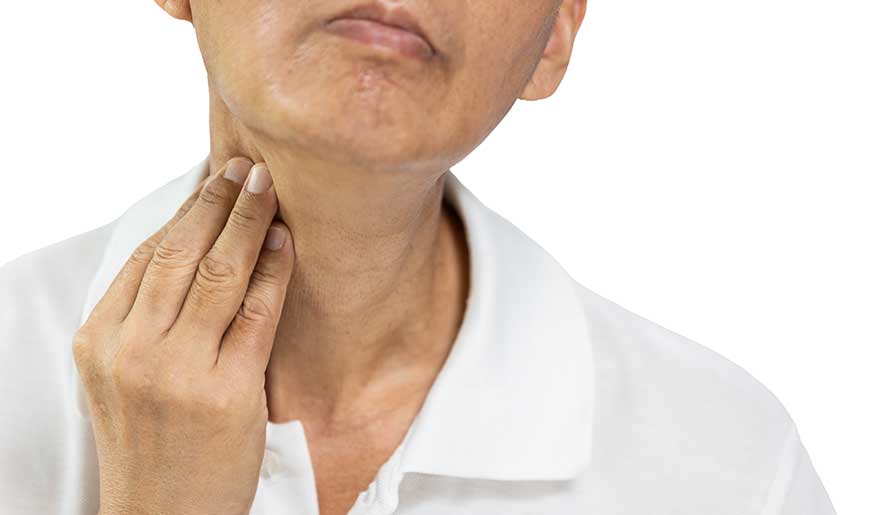Hodgkin Lymphoma Signs and Symptoms

Hodgkin lymphoma is a cancer of the lymphatic system, a part of the body’s immune system that helps keep fluid levels in check and protects against harmful invaders, such as bacteria and viruses. The cancer arises in certain white blood cells (lymphocytes) that produce special proteins (antibodies) to help the body fight off infection. It occurs when lymphocytes undergo abnormal DNA changes that cause those cells to grow uncontrollably and crowd out healthy cells.
In many cases, Hodgkin lymphoma originates in bean-sized lymph nodes in the chest, underarm area, abdomen, pelvis or groin. From there, the cancerous cells can potentially spread to other lymph nodes as well as tissues and organs throughout the body.
Early warning signs and symptoms of Hodgkin lymphoma
The initial symptoms of Hodgkin lymphoma are often nonspecific and can be similar to those associated with the common cold and flu. Some people also experience:
- Persistent fatigue
- Loss of appetite
- Itchy skin
Contact us today to schedule an appointment. Call us at 1-888-663-3488 or request an appointment online.
Common Hodgkin lymphoma signs and symptoms
A hallmark sign of Hodgkin lymphoma is lymph node swelling and enlargement (lymphadenopathy).
What does Hodgkin lymphoma feel like?
Lymphadenopathy can create a lump under the skin that can be felt and may be tender but usually does not hurt. Such lumps are often found on the side of the neck, in an armpit or in the groin. Because Hodgkin lymphoma can cause increased sensitivity to the effects of alcoholic beverages, a swollen lymph node may become painful after alcohol consumption.
Lymph nodes serve as filters that help rid the body of germs and other foreign matter. Therefore, lymphadenopathy is common and usually a positive sign that the body is fighting off an infection. Even so, it is important to have swollen lymph nodes checked by a medical professional who can determine the cause, which is much more likely to be a minor upper respiratory infection than Hodgkin lymphoma.
What does Hodgkin lymphoma look like?
Other than lymphadenopathy, Hodgkin lymphoma does not often cause visible symptoms. In some cases, however, the immune system releases chemicals (cytokines) in response to the cancer. Because cytokines can irritate nerve endings, they can cause persistent itching (pruritis), which in turn can cause noticeable skin redness that resembles a rash, such as eczema or psoriasis.
Advanced Hodgkin lymphoma signs and symptoms
As Hodgkin lymphoma progresses, it may produce B symptoms, which can include:
- Fever without an infection
- Drenching night sweats
- Unintended weight loss
Additionally, swollen lymph nodes in the chest may press on the windpipe (trachea) and cause coughing and difficulty breathing, particularly when lying down, as well as pain behind the breastbone.
As the cancerous cells continue to reproduce, they may begin to outnumber healthy cells in the bone marrow and alter the body’s blood cell counts. A low red blood cell count can lead to anemia, a low white blood cell count can result in frequent infections and a low platelet count can cause easy bleeding and bruising.
FAQs about Hodgkin lymphoma signs and symptoms
Some frequently asked questions about Hodgkin lymphoma symptoms include:
How Moffitt Cancer Center approaches Hodgkin lymphoma
Moffitt Cancer Center’s renowned Malignant Hematology Program features a multispecialty team that specializes in diagnosing and treating Hodgkin lymphoma and other blood cancers. If you have questions or would like to have your Hodgkin lymphoma symptoms evaluated by a specialist, complete our new patient registration form online or call 1-888-663-3488 to request an appointment. Moffitt does not require referrals.
